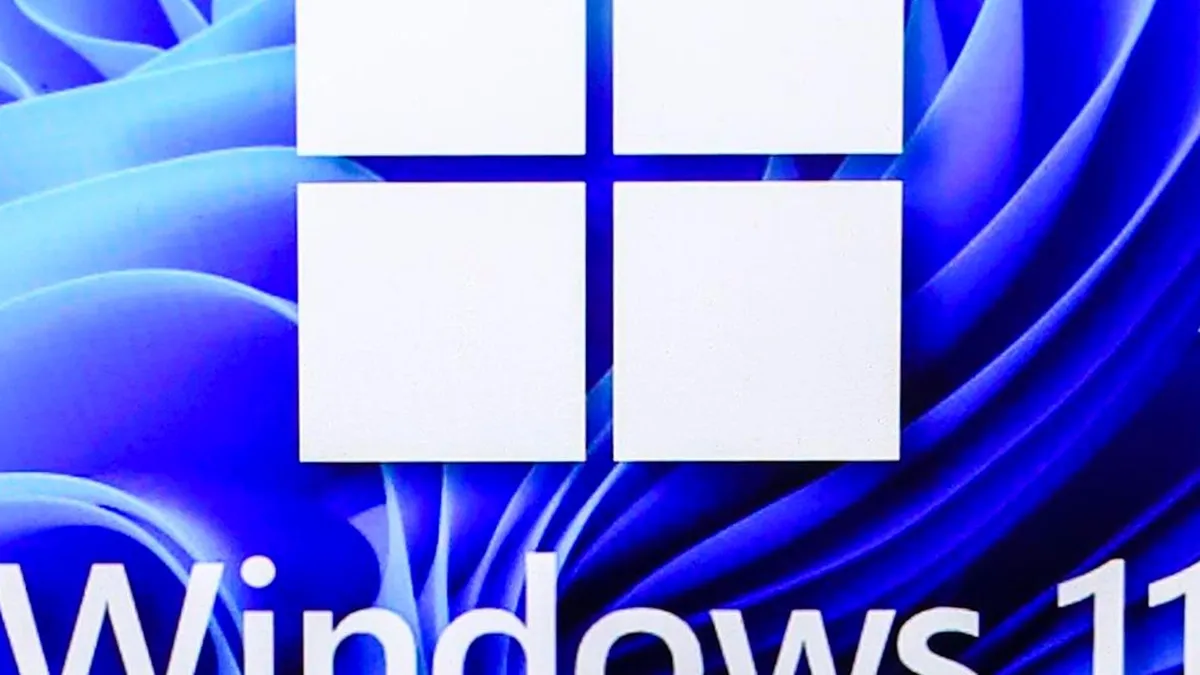
On October 19, Microsoft confirmed that its latest update has caused significant problems for both Windows 10 and Windows 11 users. This update, particularly the Windows 11 KB5066835, has been labeled a “total disaster” by experts, as it disrupts essential functionalities and necessitates an emergency fix. Just days after discontinuing security updates for approximately 500 million Windows 10 users, Microsoft now faces backlash from Windows 11 users grappling with similar issues.
The latest mandatory Windows update has been reported to break localhost connections. This means that applications hosted locally can no longer connect to the network, which is a significant setback for developers and users relying on these connections. Additionally, numerous users are experiencing installation failures, as well as malfunctions with peripherals and accessories.
According to Windows Latest, users attempting to resolve their update issues online are advised to refrain from doing so, with warnings stating, “Don’t try your luck with internet solutions. They don’t work.” Instead, they should wait for the official update from Microsoft.
In response to the outcry, Microsoft has announced that it is rolling out an emergency patch aimed at addressing the localhost-related issues affecting Windows 11 24H2 and 25H2. However, users are cautioned that the emergency fix may take over 48 hours to appear on affected systems. Microsoft has encouraged users to check for updates and reboot their PCs, even if no new updates are displayed.
Windows Latest has identified a regression in the kernel-mode HTTP server known as HTTP.sys. This issue arises when a browser or application attempts to connect to HTTP/2 services hosted on the address 127.0.0.1. HTTP.sys mishandles the HTTP/2 handshake, leading to connection resets. This malfunction is particularly critical as it has rendered Internet Information Services (IIS) nonfunctional, complicating local web development.
Moreover, Microsoft has confirmed that the update has also rendered the Windows Recovery Environment (WinRE) inoperable. Users have reported that their mouse and keyboard become unresponsive within WinRE, preventing any navigation to troubleshoot or reset Windows. This bug originates from the same update, KB5066835, and further complicates the situation for users.
While there are some suggested workarounds available on platforms like Windows Latest, caution is advised. These solutions may involve modifying system files, which could lead to instability or even prevent Windows from booting if not executed correctly. Users are warned to proceed at their own risk when attempting these fixes.
If you are among the many users still running Windows 10, be sure to install the final security updates. These will be the last updates you receive unless you opt into the 12-month Extended Security Update (ESU) program, allowing you to continue receiving support until 2026.
As highlighted by industry experts, this week has been particularly rocky for Microsoft. The issues with the installer and the new operating system have exposed vulnerabilities within their ecosystem, raising concerns about the reliability of their updates and the overall user experience. As users await the emergency update, the situation serves as a reminder of the importance of regular updates and the potential risks involved with new software releases.